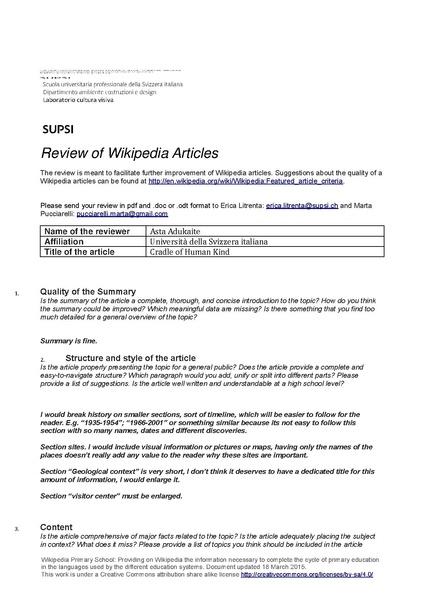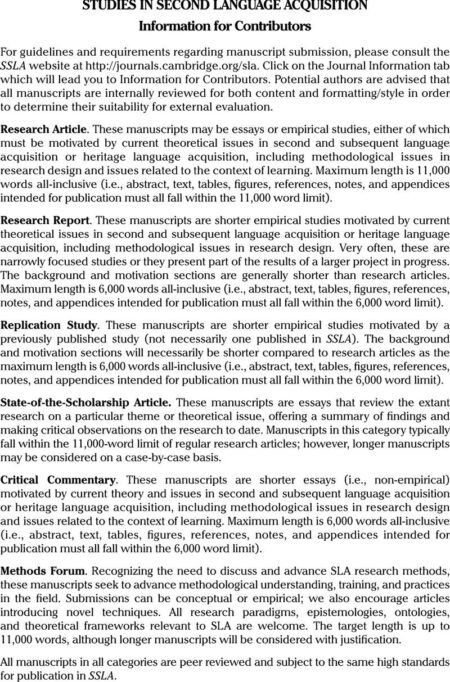Historic Peace Accord Brings New Hope to Eastern Democratic Republic of Congo
In a landmark development aimed at ending decades of unrest, the government of the Democratic Republic of Congo (DRC) and the M23 rebel faction have finalized a peace agreement in Qatar. This accord seeks to resolve deep-rooted conflicts that have devastated eastern DRC, triggering widespread displacement and humanitarian emergencies. The deal reflects an international push for dialogue and reconciliation, signaling renewed optimism for stability in one of Africa’s most conflict-affected regions.
A New Dawn: Key Components of the DR Congo-M23 Peace Agreement
The recently signed agreement outlines several critical measures designed to foster peace and rebuild trust between warring parties. Central provisions include:
- Immediate Ceasefire: Both sides commit to halting all military actions without delay.
- Disarmament and Reintegration: Structured plans are set for M23 combatants to disarm and transition back into civilian society under international supervision.
- Inclusive Political Dialogue: The accord guarantees M23’s participation in forthcoming national discussions, ensuring diverse representation in shaping the country’s future governance.
- Unrestricted Humanitarian Access: Aid agencies will receive guaranteed entry into affected zones to provide essential relief services.
This breakthrough offers hope not only for immediate cessation of violence but also for addressing long-standing grievances that fueled conflict. International observers emphasize that sustained commitment from both parties is vital to transform this ceasefire into durable peace.
The Promise Beyond Peace: Socioeconomic Benefits on the Horizon
| Expected Outcomes | Target Areas |
|---|---|
| Sustained Regional Stability | The volatile eastern provinces of DRC |
| Economic Revitalization Initiatives | Affected local communities dependent on mining and agriculture sectors |
| < strong > Improved Security Measures | Border areas prone to cross-border insurgencies |
| < strong > Strengthened Institutional Governance | National political structures aiming at inclusive administration |
The global community has welcomed this accord with cautious optimism, urging transparent monitoring frameworks to ensure compliance. Addressing challenges such as displaced populations’ needs and rebuilding fractured social fabrics remains paramount as implementation unfolds.
Diving Deeper: Challenges Threatening Implementation Success  and Strategic Provisions Within the Qatar Accord Â
The Qatar-brokered agreement encapsulates pivotal steps toward resolving one of Africa’s longest-running conflicts; however, its success hinges on overcoming significant hurdles including:
- < strong >Entrenched Distrust : Decades-long animosities between government forces and M23 fighters complicate cooperation efforts despite formal commitments.
- < strong >Regional Geopolitical Complexities : Neighboring countries’ interests may influence or destabilize progress due to cross-border dynamics involving armed groups operating beyond DRC’s borders.
- < strong >Resource Limitations : Effective disarmament requires substantial logistical support which may be constrained by infrastructure deficits within conflict zones.
- < strong >Community Skepticism : Local populations wary from years of violence might resist reintegration programs or feel excluded from political processes envisioned by the deal.
- < Strong emphasis on strengthening local governance structures while promoting grassroots reconciliation initiatives fostering social cohesion among divided communities .
- < Increased humanitarian assistance targeting displaced persons , ensuring access to healthcare , shelter , food security , education , especially amid ongoing vulnerabilities .
- < Encouragement towards investment in infrastructure projects generating employment opportunities thereby improving livelihoods across affected regions . /Li < Strong facilitation role encouraging regional cooperation among neighboring states aimed at mitigating cross-border security threats through diplomatic channels . /Li
Nurturing Sustainable Peace: Recommendations for International EngagementÂ
Sustainable peacebuilding demands comprehensive international involvement focused not only on ceasefire enforcement but also socio-economic revitalization addressing root causes like poverty, corruption, and marginalization. Key strategies include:
Focus Area Recommended Actions Disarmament & Reintegration Implement phased disarmament programs supported by vocational training & psychosocial support facilitating former combatants’ smooth return into civilian life. Economic Empowerment Promote sustainable economic activities via microfinance schemes & entrepreneurship development tailored towards youth & women. Human Rights Protection Enhance legal frameworks safeguarding vulnerable groups including women & minorities while establishing accountability mechanisms. Education & Social Cohesion Invest substantially in educational curricula emphasizing peacebuilding values alongside community dialogue platforms nurturing tolerance. A Forward Look: Charting a Path Toward Enduring Peace in DR CongoÂ
This historic pact between DR Congo’s government and M23 rebels marks an unprecedented opportunity toward stabilizing a region long engulfed by turmoil. While obstacles remain formidable-from entrenched mistrusts to complex regional influences-the mutual willingness demonstrated signals potential transformation if backed by consistent domestic dedication coupled with robust international support.
Millions who have endured displacement, insecurity, or loss now glimpse prospects for recovery grounded not merely upon cessation but holistic reconstruction encompassing political inclusion, economic renewal, human rights respect-and ultimately reconciliation.
As global stakeholders maintain vigilant oversight over implementation phases ahead-employing adaptive strategies informed by regular assessments-the world watches with guarded hope that this milestone can inspire similar breakthroughs elsewhere afflicted by protracted conflicts.
Together with sustained engagement focusing equally on immediate stabilization measures plus long-term structural reforms lies perhaps our best chance yet at securing lasting tranquility across eastern DRC-and beyond.







